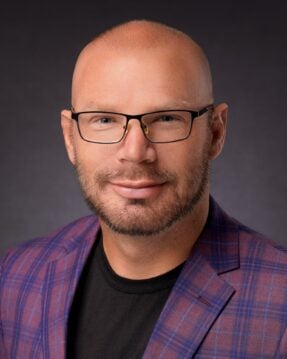Upgrade your team’s corporate profile with seamless, high-quality portraits.
✅ We Come to You – On-site sessions, no travel needed.
✅ Flexible Scheduling – Works around your team’s availability.
✅ Consistent & Polished – Every headshot aligns with your brand.
✅ Fast Turnaround – Ready-to-use images, delivered quickly.
Effortless, professional, and results-driven—headshots done right.











Let’s begin application process by getting to know each other